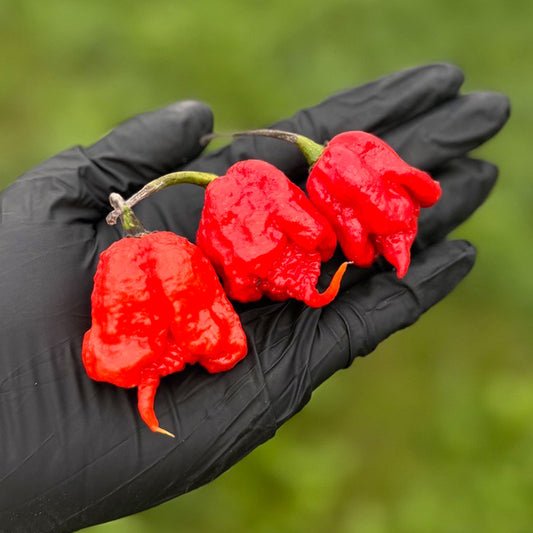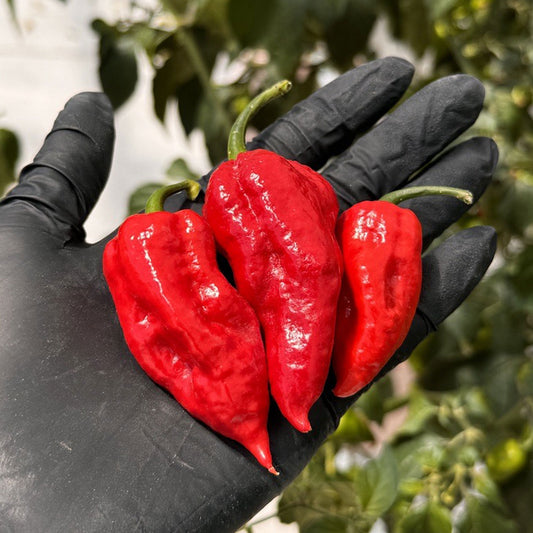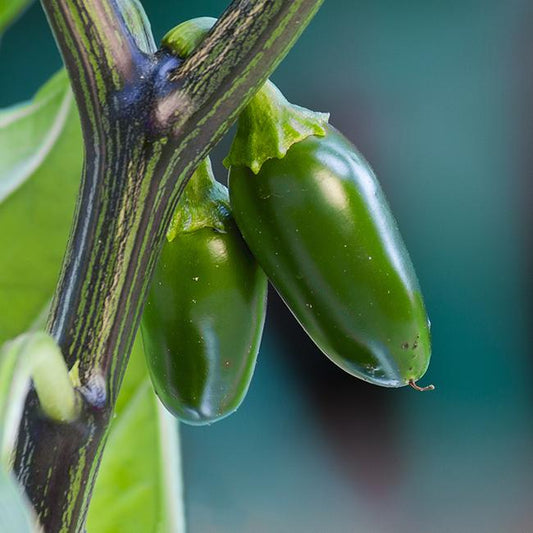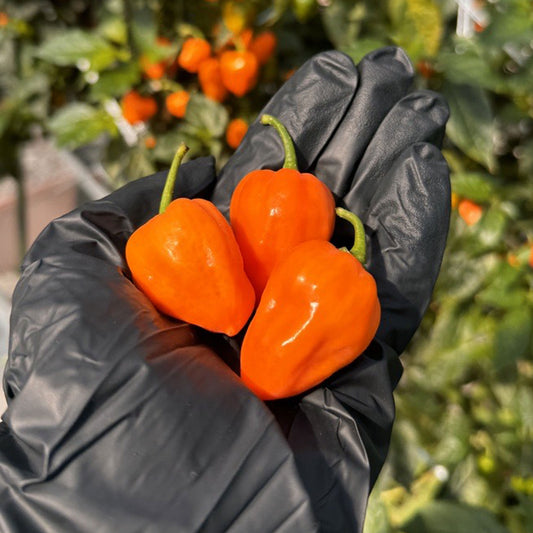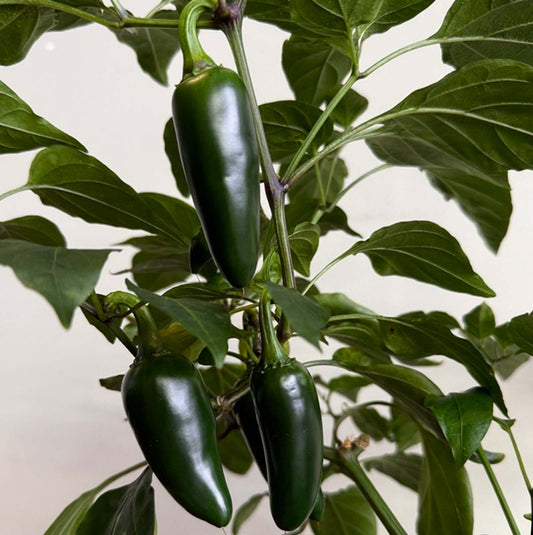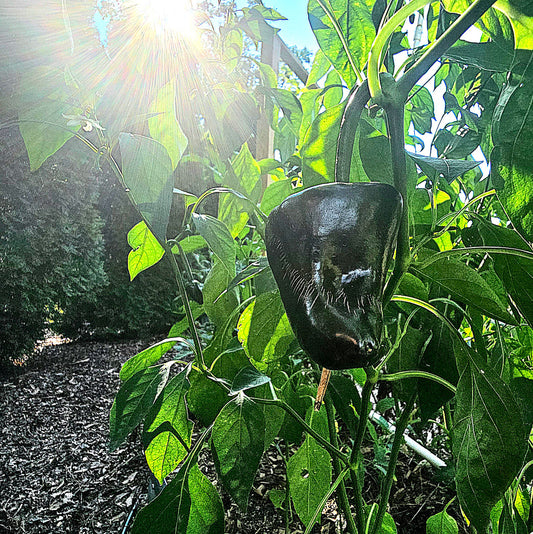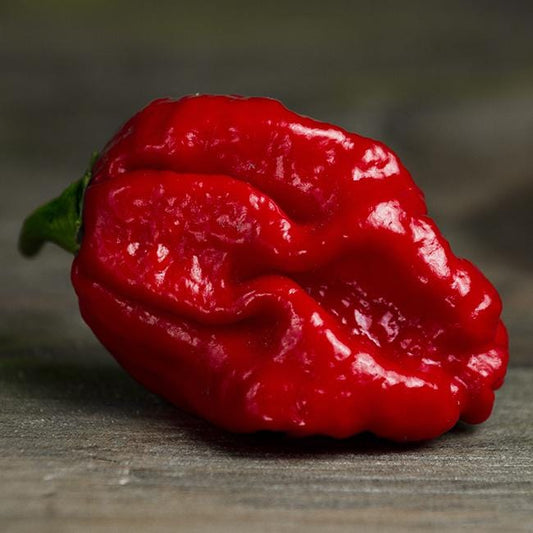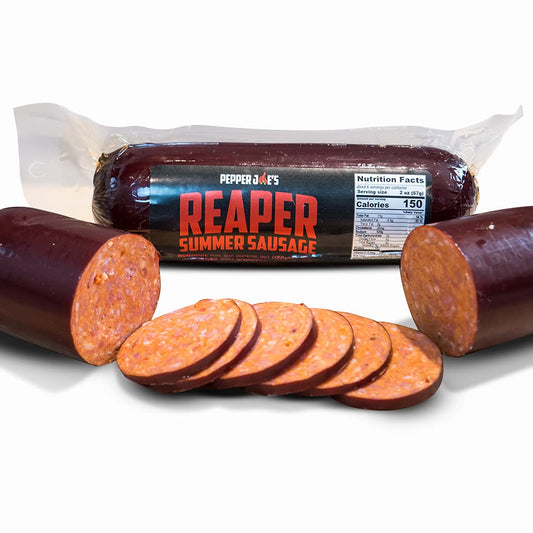Pepper Joe's Gardening Tips - Transplanting Hot Pepper Plants
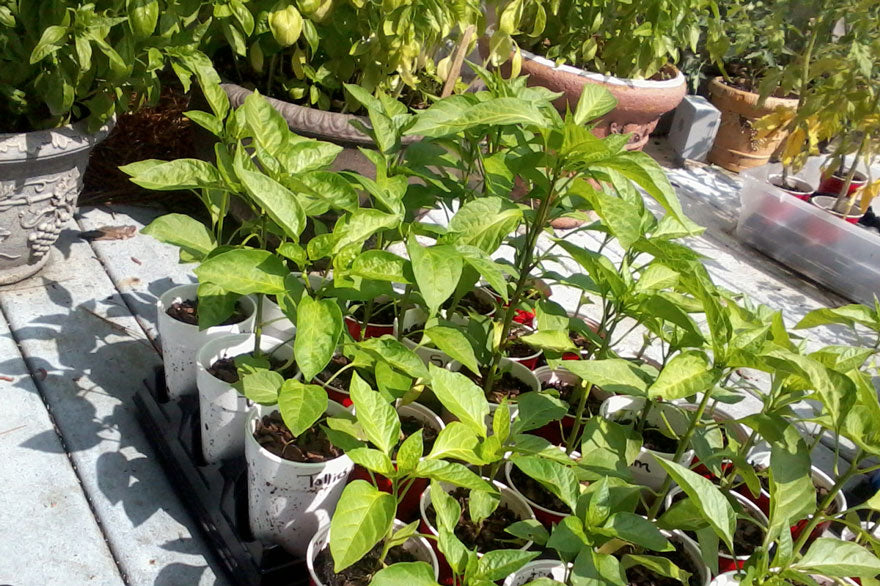
O.K. You've nursed those seeds through the germination stage and the fragile seedling stage. They are growing fine and you're ready to move to the next step, moving them outdoors. There are 2 key stages ahead the "Hardening Off" and the actual "Transplant" stage. Keep in mind it will all be worth it. The selection of plants available from most nurseries, discount stores and grocery stores is meager at best. To get started, try watching a short video of 6 easy steps on how to transplant your pepper plants:
For a more detailed process, try watching my video Growing Hot Peppers 101.
By starting your own seeds indoors you open yourself up to an endless selection of Peppers. Literally hundreds of varieties! Anyway the most crucial step is the next one.
Hardening Off
This is absolutely KEY. Gardening is mostly common sense. Keep in mind your plants have been in a controlled indoor climate. Probably between 65 and 70 degrees with no wind and partial sunshine through a sunny windowsill in most cases. These are not the conditions outdoors where these tender plants will have 30 degree swings in temperature, direct sunlight and some windy conditions. Not to worry ... just let them adapt GRADUALLY.
I recommend bringing them outdoors the first day for 1/2 hour in just partial sunlight in an area protected by the wind. Some gardeners start out even simpler than this by opening the window where plants are growing a few inches for an hour, then two, then three hours per day. After your plants are outdoors for 1/2 hour somewhat protected increase the time daily to 1 hour, 2, 3, 4, leading up to 8 hours per day. Then leave them out overnight for a full day.
As the amount of hours increase you can gradually expose them to more direct sunlight and some wind. Keep in mind the soil will dry faster outdoors due to sun and wind so water more frequently outdoors. The soil in containers will dry faster than your actual actual garden will. This entire process takes about 2 weeks. If there is a thunderstorm or high winds..obviously skip that day. Again your primary objective is to let your plants acclimate gradually to the new outdoor environment.
Transplanting
You are just about there now. Your plants are adjusted to being outdoors and you're moving them to their permanent home. The key now is:
- Don't disturb the roots.
- Create a favorable soil environment.
- Transplant the right depth.
To prepare the soil I like to mix into the hole a healthy shovelful of sand (most peppers originated in a tropical climate..besides sand allows the roots to aerate) and a shovelful of composted cow manure or compost. This will continually feed your plants throughout the growing season. When transplanting to the garden, put 1 teaspoon of sulfur into the hole first. Handle the roots gingerly and place into hole about 1" above the established root line so that more of the plant is underground than when in pots.
Peppers will grow additional roots from the stem that is now underground. This will "anchor" the plant better and it will grow stockier. Immediately water the plants well at the soil level. It's best to do your transplants at early evening so that they are not immediately in full sunlight.
Watch the transplants closely the first week. If the weather is real hot they'll need more water. If plants start to wilt slightly water them right away. Occasionally I've had to partially shade them if the weather was real hot with a temporary cardboard shelter.
If you are looking to up your gardening game, check out our growing supplies that you can use to maximize your yields and make the most out of your grow.
Thriving Plants
I prefer to give my plants a watering with fish emulsion every 2 weeks. On the alternate weeks I'll spray them with 2 tbsp. of epsom salt per quart of water top give them a magnesium shot-in-the-arm. But any commercial type of plant food will work if you are not an organic gardener.
I also prefer mulch to keep the soil moist. My preference is grass clippings. I apply it around the stem about 2 weeks after transplanting. You can actually make your garden maintenance free by picking up grass clippings throughout the neighborhood and spreading a 6" layer of mulch into the whole garden. If you're organic just check with the homeowner to see if he uses chemicals. Actually I seek out imperfect lawns with some weeds to be safe.
Other Tips
Want to expand your growing list? Don't forget to look into our huge selection of pepper seeds and live pepper plants. From the hottest to the sweetest, we got the perfect pepper for you.
Great Gardening,

Featured collection
-
Carolina Reaper Pepper Seeds | HP22B
Regular price From $ 6.99Regular priceUnit price per -
Ghost Pepper Seeds
Regular price From $ 4.99Regular priceUnit price per -
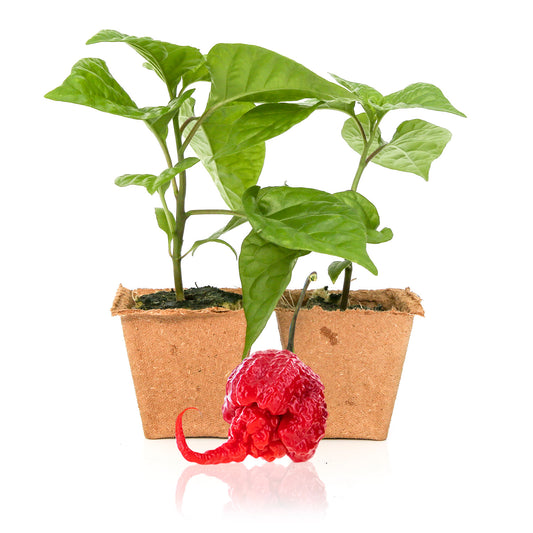 Sold Out For Season
Sold Out For SeasonCarolina Reaper Pepper Plants
Regular price From $ 12.99Regular priceUnit price per$ 9.99Sale price From $ 12.99Coming Soon -
Pepper Joe's Jalapeno Pepper Seeds
Regular price From $ 2.99Regular priceUnit price per -
Habanero Pepper Seeds
Regular price From $ 2.99Regular priceUnit price per -
Pepper Joe's Giant Jalapeno Pepper Seeds
Regular price From $ 5.99Regular priceUnit price per -
Chocolate Habanero Pepper Seeds
Regular price From $ 3.99Regular priceUnit price per -
Ancho Poblano Pepper Seeds
Regular price From $ 2.99Regular priceUnit price per -
Moruga Trinidad Scorpion Pepper Seeds
Regular price From $ 7.49Regular priceUnit price per -
Carolina Reaper Summer Sausage
Regular price From $ 7.99Regular priceUnit price per

